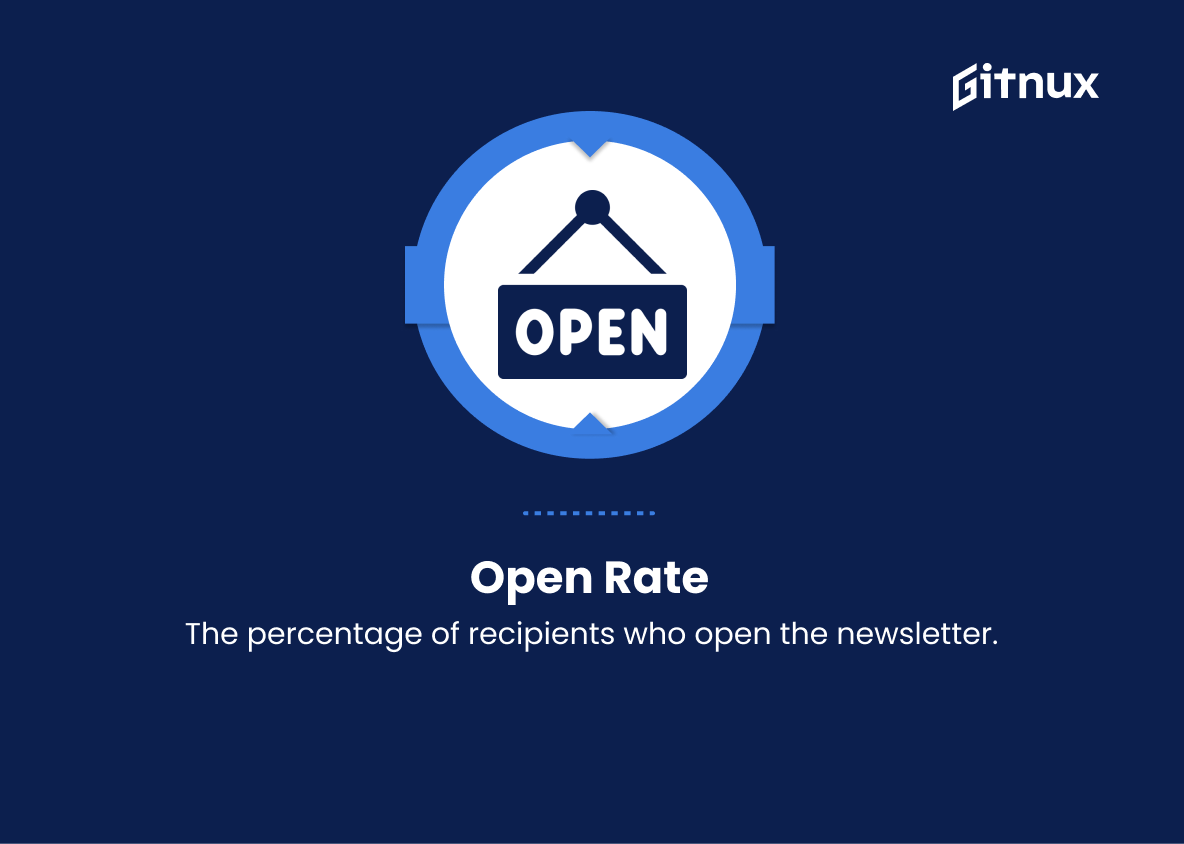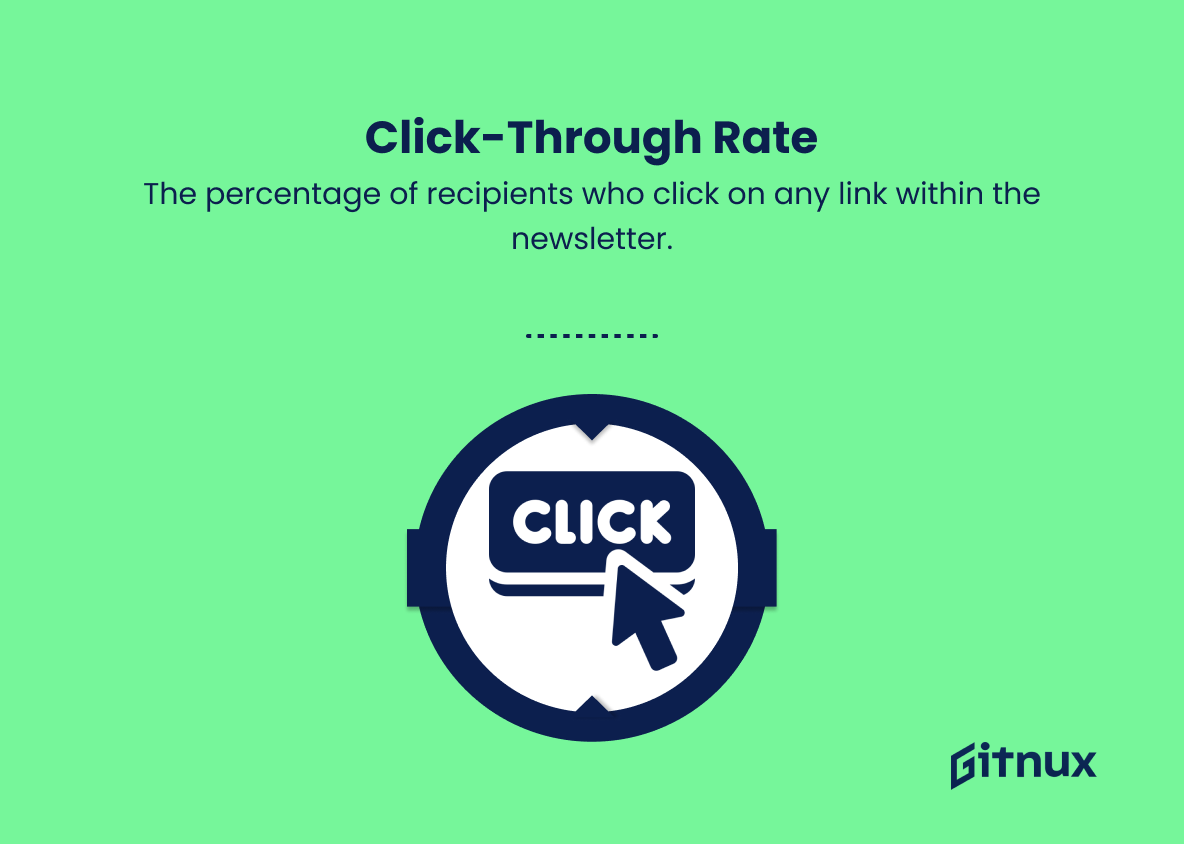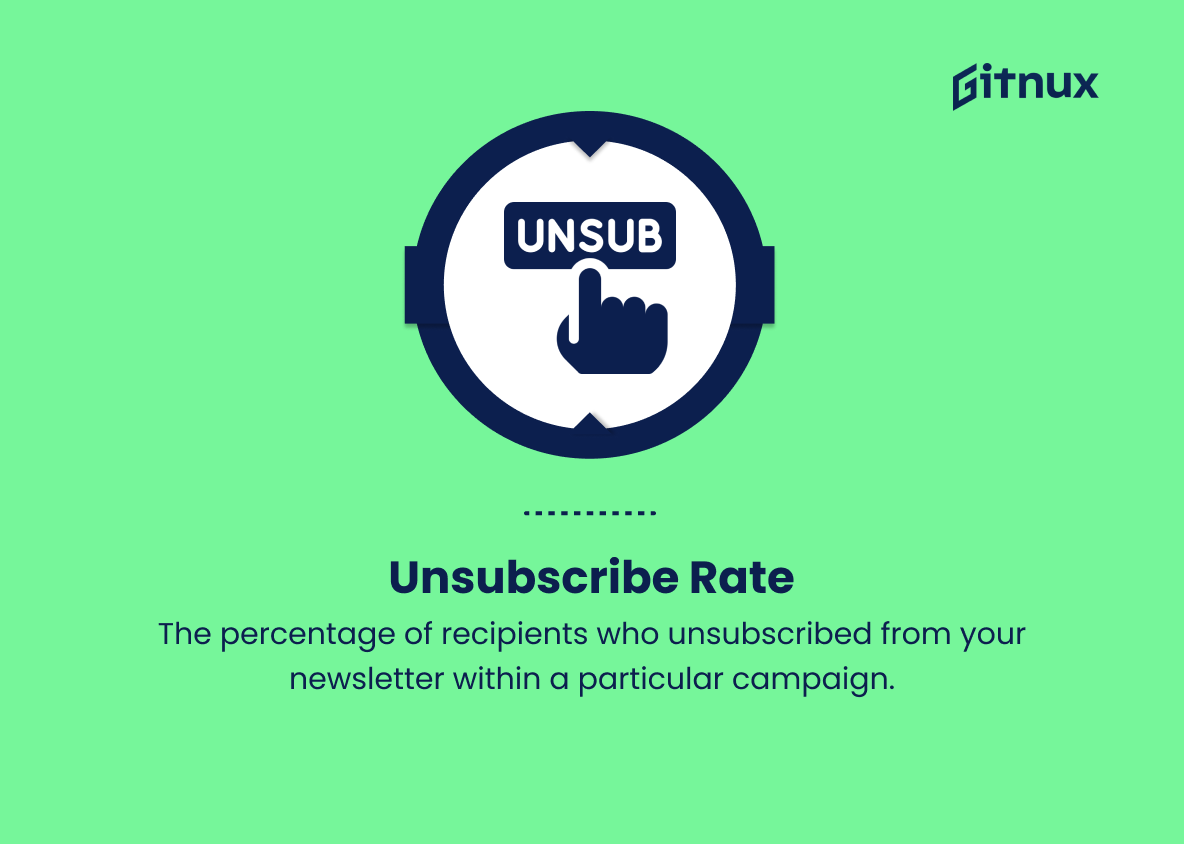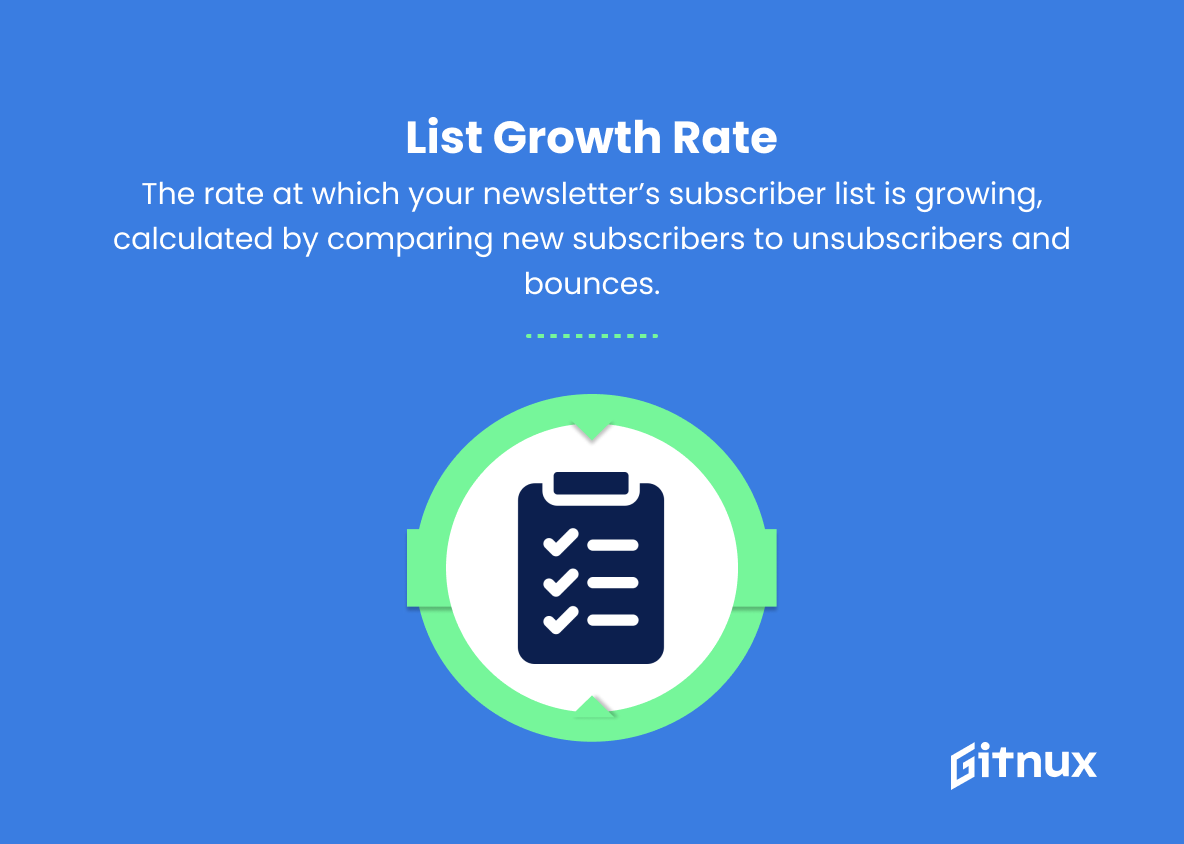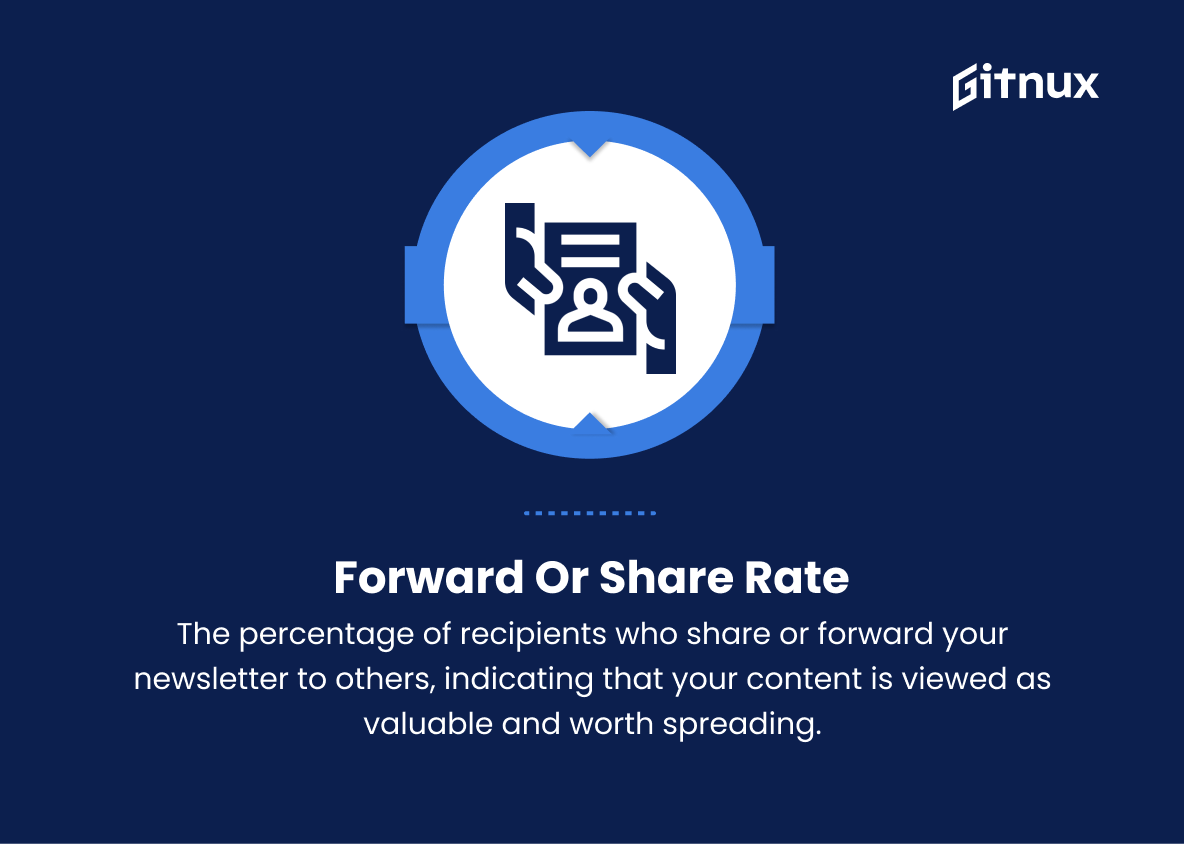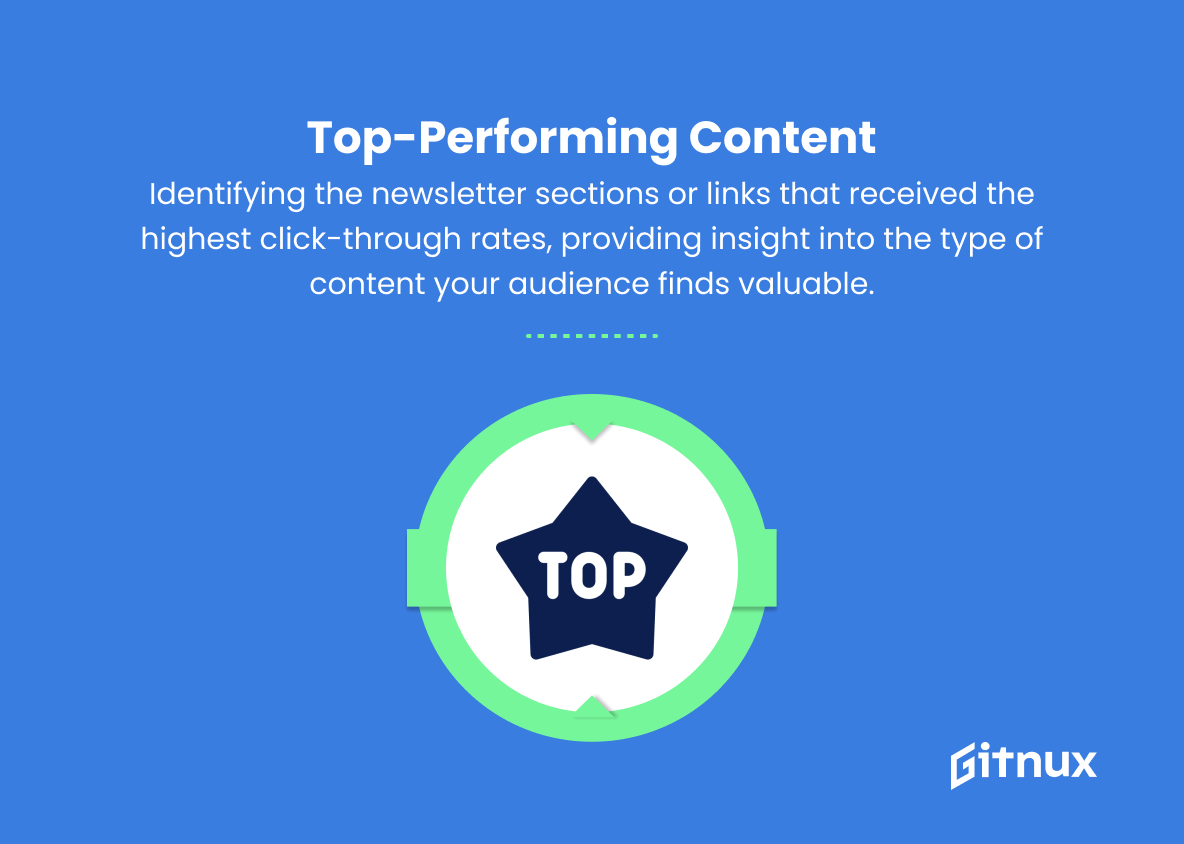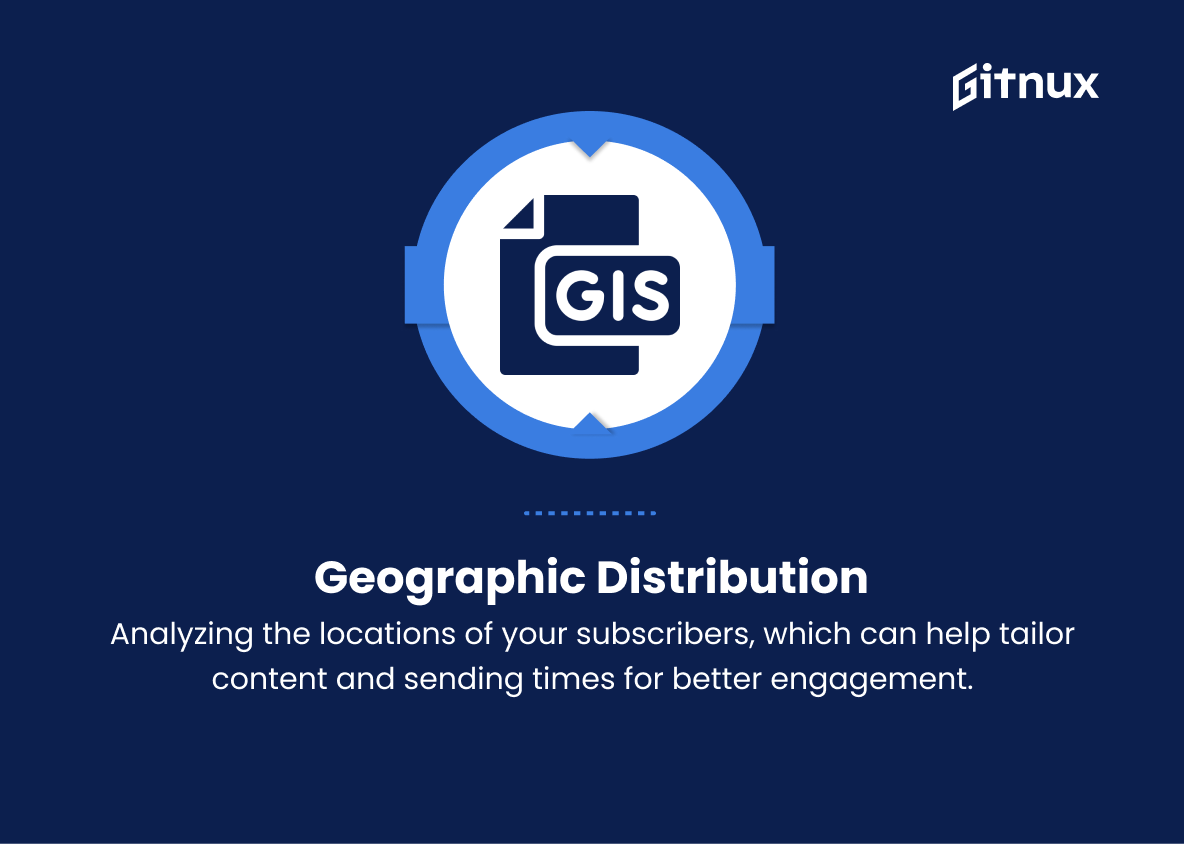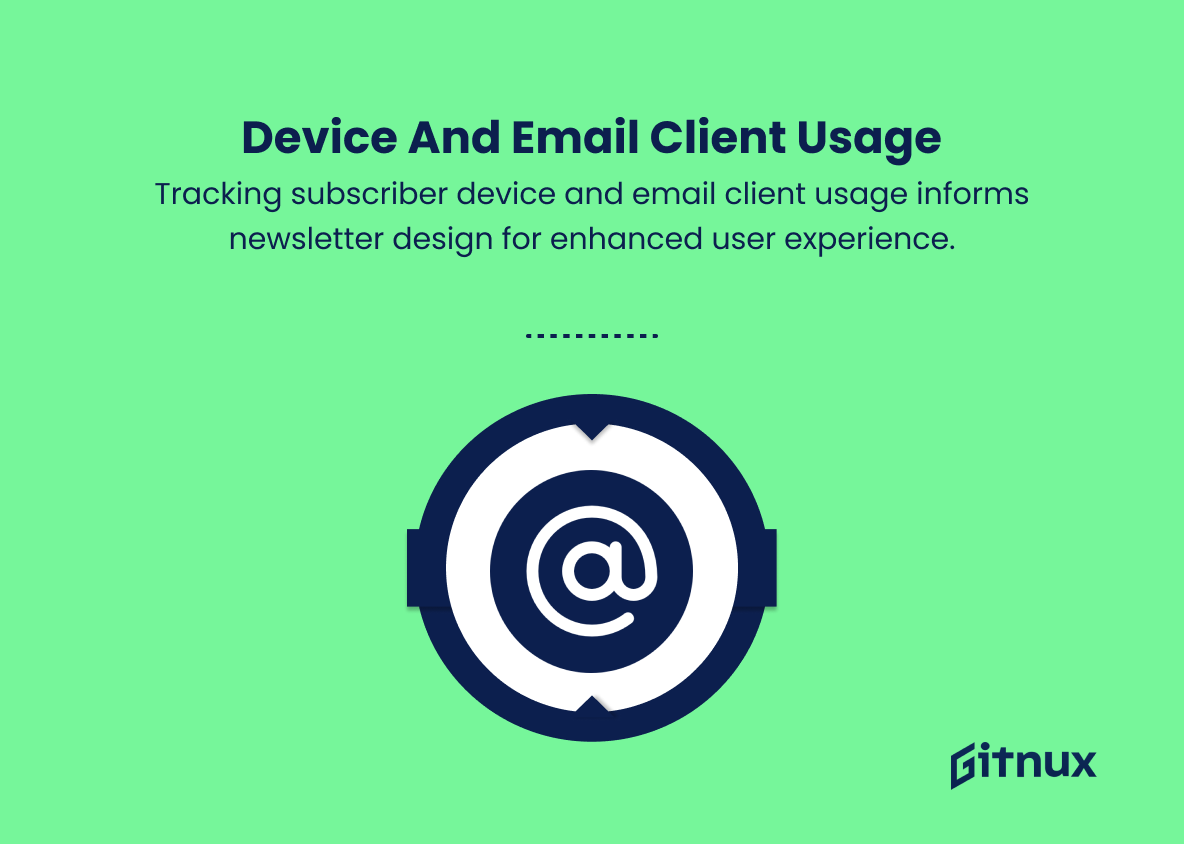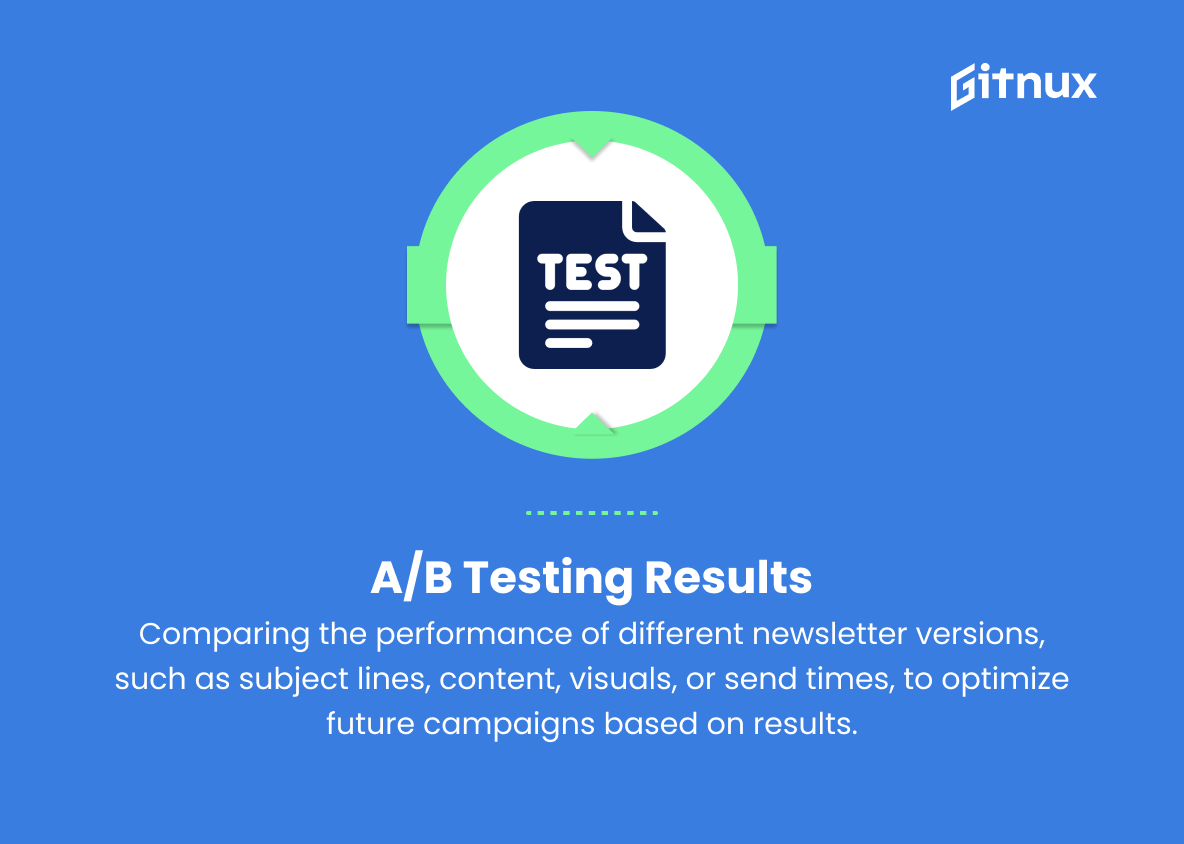In today’s fast-paced digital landscape, the ability to effectively measure and analyze your newsletter’s performance is no longer a luxury, but a necessity. With an abundance of content vying for readers’ attention, understanding the nuances of newsletter metrics is essential for optimizing engagement, maximizing reach, and ultimately making informed decisions that benefit both your content and your audience.
In this in-depth blog post, we will explore the vital aspects of newsletter metrics, discussing the key performance indicators, best practices, and valuable tools every newsletter creator needs to succeed in this ever-evolving communication landscape. So, buckle up and join us as we delve into the world of newsletter metrics, helping you unlock the power of data-driven strategies to elevate your newsletter game.
Newsletter Metrics You Should Know
1. Open Rate
The percentage of recipients who open the newsletter. This metric helps gauge the effectiveness of your subject line and the level of interest amongst your subscribers.
2. Click-through Rate (CTR)
The percentage of recipients who click on any link within the newsletter. CTR indicates the relevance and value of your content to subscribers.
3. Click-to-Open Rate (CTOR)
The percentage of recipients who opened the newsletter and clicked on a link. CTOR provides insight into the effectiveness and engagement of the content within the newsletter.
4. Bounce Rate
The percentage of sent newsletters that failed to reach their intended recipients due to an invalid email address or technical issues. High bounce rates can negatively affect your sender reputation.
5. Unsubscribe Rate
The percentage of recipients who unsubscribed from your newsletter within a particular campaign. High unsubscribe rates may signify irrelevant content, sending frequency issues, or poor targeting.
6. List Growth Rate
The rate at which your newsletter’s subscriber list is growing, calculated by comparing new subscribers to unsubscribers and bounces. Consistent list growth is essential for maintaining a healthy newsletter campaign.
7. Forward or Share Rate
The percentage of recipients who share or forward your newsletter to others, indicating that your content is viewed as valuable and worth spreading.
8. Spam Complaint Rate
The percentage of recipients who mark your newsletter as spam, which should be kept as low as possible to maintain sender reputation and deliverability.
9. Conversion Rate
The percentage of recipients who perform a desired action, such as purchasing a product or signing up for an event, after interacting with your newsletter.
10. Return on Investment (ROI)
A measurement of the profitability of your newsletter campaign, calculated as the revenue generated from the campaign divided by the total costs involved in creating and distributing the newsletter.
11. Time on Page
The average time subscribers spend viewing a specific newsletter, indicating the level of engagement and interest in the content.
12. Top-Performing Content
Identifying the newsletter sections or links that received the highest click-through rates, providing insight into the type of content your audience finds valuable.
13. Geographic Distribution
Analyzing the locations of your subscribers, which can help tailor content and sending times for better engagement.
14. Device and Email Client Usage
Monitoring the devices (e.g., desktop, mobile) and email clients (e.g., Outlook, Gmail) your subscribers use to view your newsletter, which can inform the design and formatting of your newsletter for better user experience.
15. A/B Testing Results
Comparing the performance of different newsletter versions, such as subject lines, content, visuals, or send times, to optimize future campaigns based on results.
Newsletter Metrics Explained
Newsletter metrics are crucial in determining the effectiveness and success of a newsletter campaign. Open Rate is the primary indicator of how well your subject line captivates your audience’s attention, while Click-through and Click-to-Open Rates reveal the relevance and engagement level of your content. Bounce Rate and Unsubscribe Rate help identify areas where improvements in targeting, content, or frequency may be needed. Maintaining a healthy List Growth Rate ensures consistent audience growth, while Forward or Share Rate indicates the value your readers find in your content.
Spam Complaint Rate highlights potential issues with deliverability, and Conversion Rate and Return on Investment measure the overall profitability of your campaign. Time on Page shows the extent of content engagement, while Top-Performing Content reveals the type of material your audience finds most valuable. Analyzing Geographic Distribution and Device and Email Client Usage can provide valuable insights into tailoring content and improving your newsletter’s format. Finally, A/B Testing Results guide you in making data-driven decisions for optimizing future campaigns based on the best-performing elements.
Conclusion
In an era where communication is key to successfully engaging and retaining subscribers, understanding newsletter metrics is essential for any organization or individual. As we have explored, these analytics provide a wealth of insights into audience behavior, content preferences, and the effectiveness of your overall strategy.
By focusing on the key metrics such as open rate, click-through rate, conversion rate, and unsubscribe rate, you can continuously optimize your newsletters to better cater to your audience’s needs and achieve your desired outcomes. Remember, continuous analysis and adaptation are crucial to staying ahead in today’s competitive landscape. So, leverage these newsletter metrics to deliver value and foster meaningful relationships with your subscribers, ultimately driving success in the long run.
